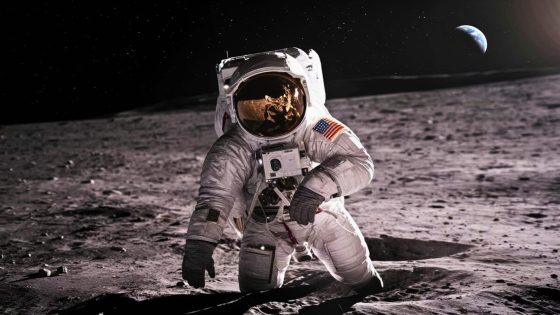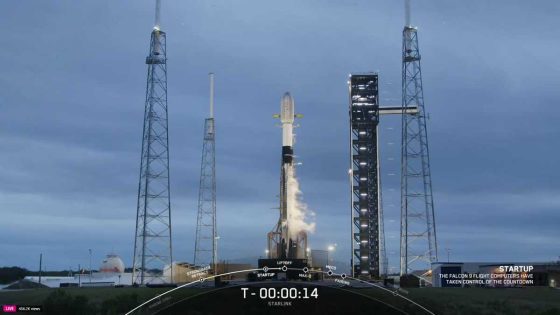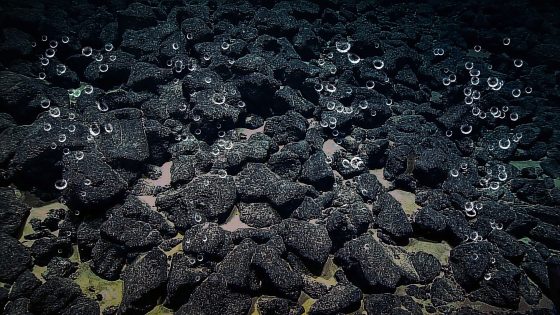NASA is challenging innovators to create a system for rescuing a stranded astronaut on the Moon. This initiative, part of the Artemis program, aims to ensure astronaut safety during future lunar missions. Can you imagine the importance of having a reliable rescue plan in space?
- NASA's Lunar Astronaut Rescue Challenge announced
- $20,000 prize for best design concept
- Focus on astronaut safety during missions
- Transport system must handle rough terrain
- Extreme lunar conditions pose significant challenges
- Submissions due by January 23, 2025
NASA’s Lunar Rescue Challenge: A Step Towards Safer Space Exploration
What if an astronaut gets stranded on the Moon? NASA’s new challenge seeks solutions to this critical issue. The agency is inviting engineers and creative thinkers to develop a system that can safely transport an injured or unconscious astronaut across rough lunar terrain. This initiative is vital for ensuring the safety of astronauts during upcoming missions.
Understanding the Challenges of Lunar Rescue Operations
Transporting an astronaut on the Moon poses unique challenges. The lunar environment is harsh, with extreme temperatures and rough terrain. Here are some key factors to consider:
- Weight of the astronaut’s suit can complicate rescue efforts.
- Rescue systems must navigate 2 km (1.2 miles) of rugged terrain.
- Designs must function without a rover.
- Systems must withstand temperature swings from +55°C (131°F) to -200°C (-328°F).
Key Features Required for the Rescue System
NASA has outlined specific requirements for the proposed rescue systems. These include:
- Ability to transport an astronaut over diverse lunar terrain.
- Capability to handle steep inclines.
- Durability to endure the Moon’s harsh conditions.
Innovators must ensure their designs can withstand the Moon’s abrasive regolith, which can clog machinery and hinder movement.

































